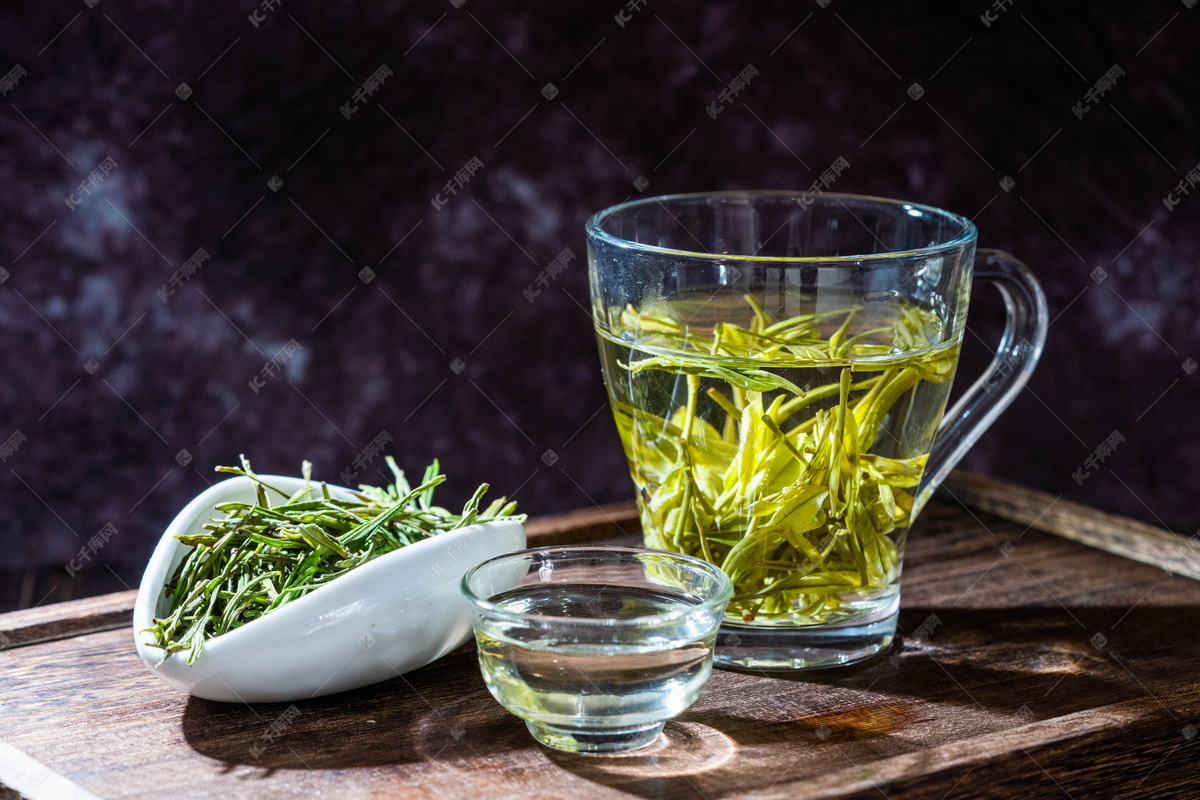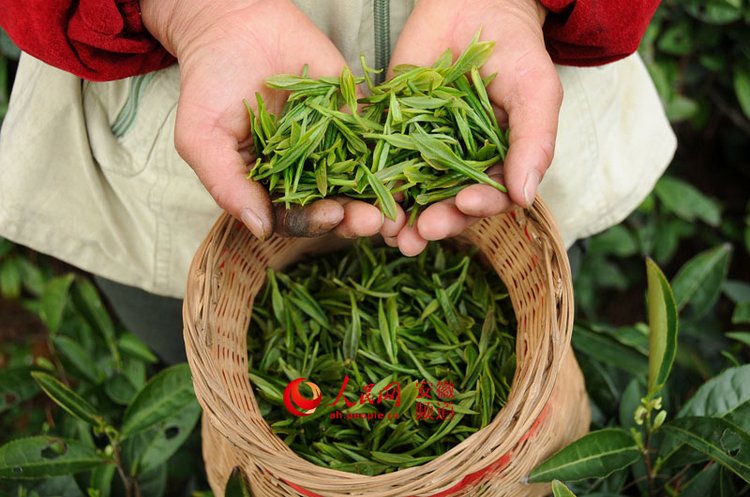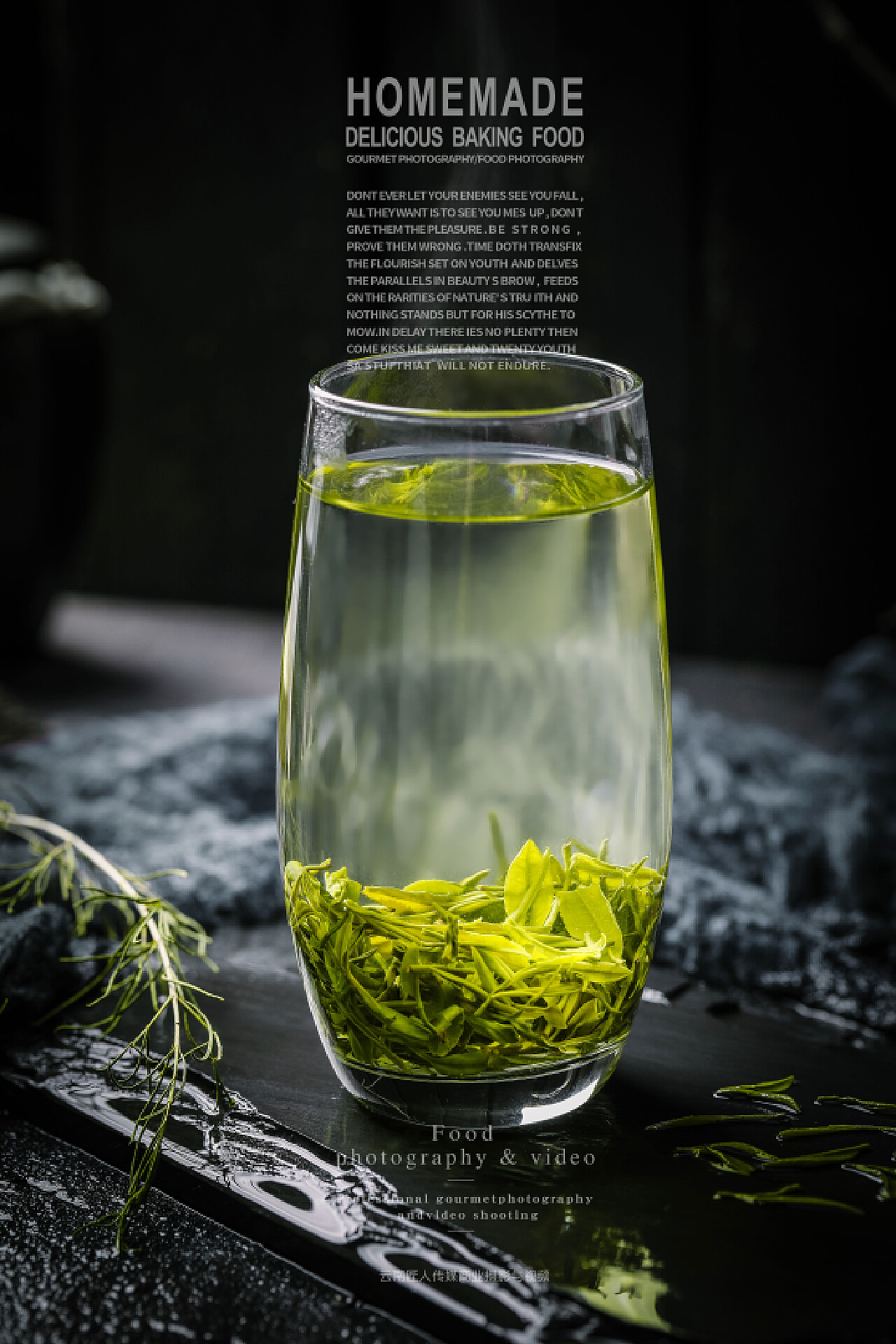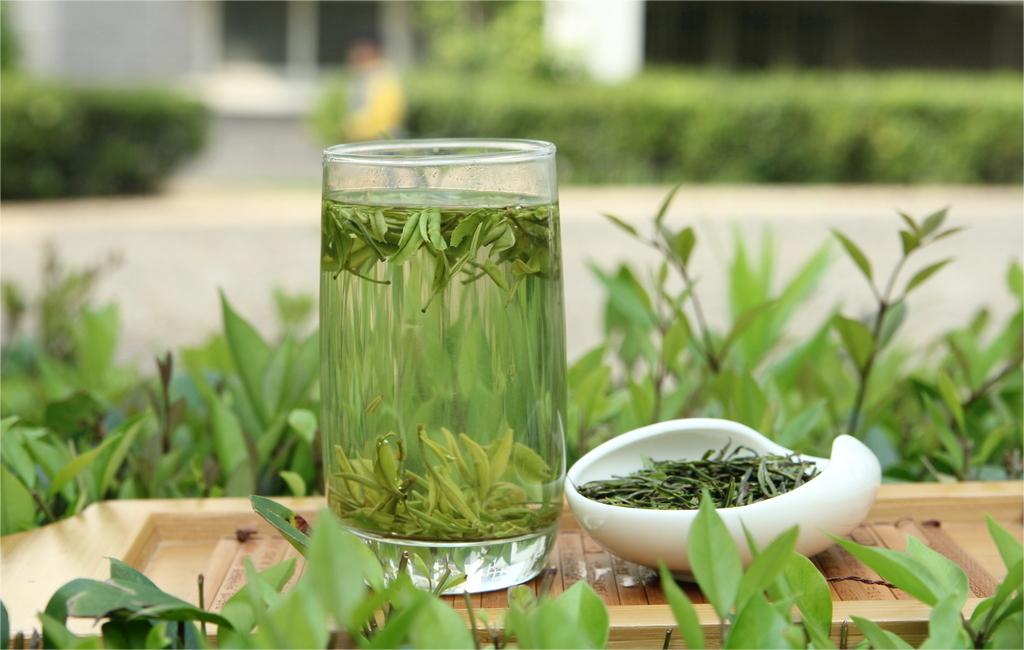Introduction: Tea, a beverage that has transcended centuries and cultures, holds a special place in the hearts of people around the world. Whether sipped in the quiet solitude of a room or shared with friends during an afternoon gathering, tea has an unmatched ability to connect people across generations. One such narrative, "Tea’s Fragrance Never Fades, Its Sentiment Ever Remains", delves into the profound world of tea culture, human stories, and the deep connections tea fosters. Through this story, the charm of tea artistry, its historical significance, the stories of tea people, and the emotional ties it weaves through its fragrance and rituals are all unveiled.

1. The Allure of Tea Artistry: Tea culture is not simply about brewing a beverage; it’s an intricate art that embodies an entire philosophy of life. In "Tea’s Fragrance Never Fades, Its Sentiment Ever Remains", tea is portrayed as more than just a drink—it becomes a medium to express humanity’s connection with nature and its inherent values. Tea artistry transcends its aesthetic appeal and serves as a representation of values such as integrity, friendship, and respect.
The preparation of tea, especially in its ceremonial forms, is deeply entwined with the philosophy of balance and harmony, showcasing a meditative process that is reflective of the traditional values of Confucianism, Taoism, and Buddhism. Each step in the tea-making process, from the careful selection of the leaves to the precise brewing techniques, symbolizes a connection with nature, demonstrating a lifestyle of elegance and self-awareness.
The tea ceremony, often practiced with utmost reverence, reflects a commitment to serenity and mindfulness. It’s not simply about preparing tea; it's about preparing the spirit. The tea master, whether a novice or a seasoned practitioner, is expected to cultivate inner peace and harmony, which then emanates through the grace and care invested in each cup brewed. It is through this practice that tea culture emerges as an art form, blending aesthetics with human values and spiritual depth.

2. The Historical Significance of Tea Culture: Tea culture is deeply rooted in Chinese history, serving as a reflection of the nation's cultural and philosophical evolution. Since the Tang Dynasty, tea has been an integral part of Chinese society. Over the centuries, tea has been associated not only with health benefits but also with the intellectual and spiritual growth of Chinese civilization.
Tea holds a prominent position in Chinese history and culture, acting as both a symbol of refinement and a medium of cultural exchange. Through its development, tea culture has encapsulated Chinese society's evolving views on balance, harmony, and social etiquette. Tea was integral to the Silk Road, where it served as a cultural bridge between East and West, facilitating the exchange of ideas, goods, and philosophies.
Tea culture, particularly in relation to its role in social customs, reflects the shifting dynamics of Chinese society. In the past, tea ceremonies were commonly associated with courtly settings, where they served as platforms for social diplomacy. It is also noted for its importance in literary traditions, as many notable Chinese scholars and poets wrote extensively on tea, adding layers of intellectual depth to the already profound cultural practices.
The continuation and preservation of tea culture is not just a tribute to the past but an important cultural heritage that binds people together. Today, tea culture is celebrated worldwide and has found its place in the Intangible Cultural Heritage list, underscoring its timeless relevance in modern society. The rituals and philosophies surrounding tea allow us to connect with our past, while also reminding us of the collective wisdom accumulated through millennia.

3. The Stories of Tea People: In "Tea’s Fragrance Never Fades, Its Sentiment Ever Remains", the stories of tea people, or cha ren, are central to understanding the soul of tea culture. Tea people are the keepers, the guardians, and the storytellers of tea. Their dedication to the craft is what ensures that the art of tea preparation remains intact and is passed down through generations.
The narrative draws attention to the Tea Sage, Lu Yu, who authored The Classic of Tea (Chajing), which is considered the first treatise on tea. His work is not only a guide on tea preparation but also a reflection of his spiritual journey with tea. Lu Yu’s contributions to tea culture have made him a figure of immense significance in Chinese history, embodying the bridge between philosophy and practicality.
Another notable figure is the Pu-erh Tea Master from the famous tea mountains of Yunnan. The Pu-erh tea people have spent centuries cultivating this ancient tea, perfecting the art of its fermentation and aging process. Their dedication to the craft has led to the global recognition of Pu-erh tea as one of China’s finest tea varieties.
Additionally, Chen Zongmao, a modern tea master, is recognized for blending Zen and tea culture, creating a harmonious experience where tea-making is akin to a meditative art. His work has bridged the gap between traditional tea practices and contemporary artistic expressions, giving rise to a new wave of tea appreciation.
The life of Zhao Guifang, a modern tea pioneer, is also highlighted in the article. Zhao’s contribution to tea culture goes beyond just crafting tea. She has rejuvenated tea farming, tea-making, and tea appreciation in modern society, reintroducing the world to the value of high-quality tea. Her work represents a merging of past and present, where tea becomes a living tradition, deeply embedded in the fabric of contemporary culture.
4. The Human Connections Behind the Tea’s Fragrance: Tea culture is more than just the preparation and consumption of a beverage—it is also about the human connections that it fosters. In "Tea’s Fragrance Never Fades, Its Sentiment Ever Remains", tea is not merely a drink but a means of connecting people across time and space. It allows individuals to communicate on a level that transcends words, creating shared experiences that are deeply personal yet universally resonant.
The connection between tea and human emotions is profound. Tea becomes a vessel through which people convey respect, care, and friendship. Whether shared in moments of quiet reflection or celebratory gatherings, tea offers an opportunity to bond with others, to find common ground in the ritual of sipping and sharing. The act of brewing tea for someone is a gesture of warmth and hospitality, a way of saying, “I care.”

In the story, tea is portrayed as a social glue, a tradition passed down from one generation to the next. The fragrance of tea, often lingering in the air long after the last sip, embodies the lingering emotions and experiences shared among friends, families, and communities. The tea ceremony, though simple, becomes a sacred moment that encourages mindfulness, respect, and mutual understanding.
Conclusion: “Tea’s Fragrance Never Fades, Its Sentiment Ever Remains” serves as an exploration of tea culture, not only as a set of practices but as a living, breathing entity that continues to evolve while retaining its profound emotional and cultural significance. Through the stories of tea masters, the historical contributions of tea to Chinese society, and the emotional connections it fosters, tea emerges as more than just a drink—it becomes a symbol of connection, reflection, and tradition.
Tea culture’s richness, from its artistry to its historical value, from the stories of those who cultivate it to the human bonds it fosters, offers us not just a window into the past but also a guide for creating meaningful experiences in our present. As we sip the fragrance of tea, we partake in a tradition that has lasted for thousands of years, a tradition that continues to connect, inspire, and transform lives.
In the end, tea is more than just a beverage; it’s a spiritual experience and a cultural inheritance that will continue to weave its way through generations. So let us raise our cups, celebrate the fragrance, and keep the sentiment ever alive, for tea is truly timeless.
